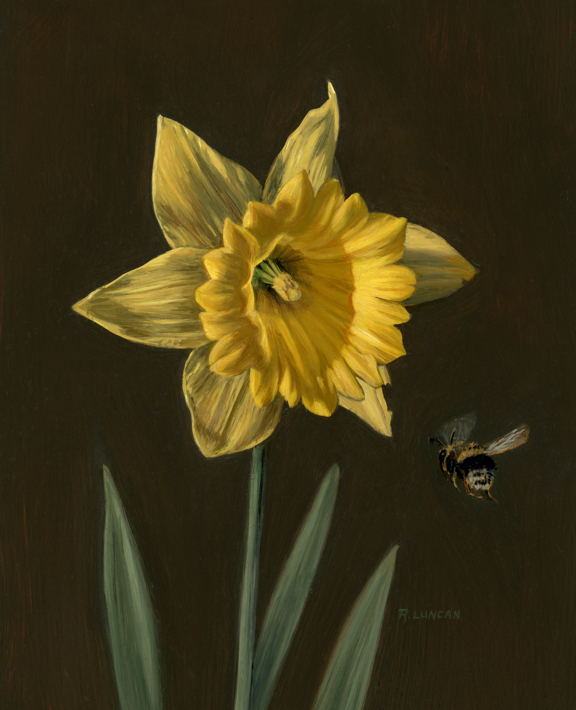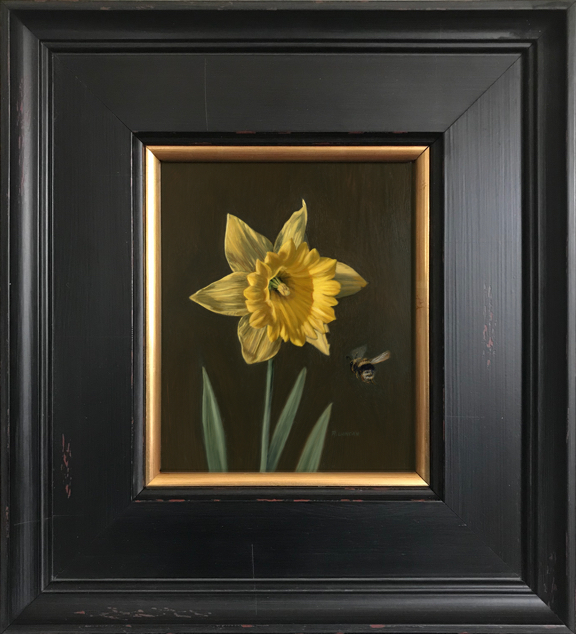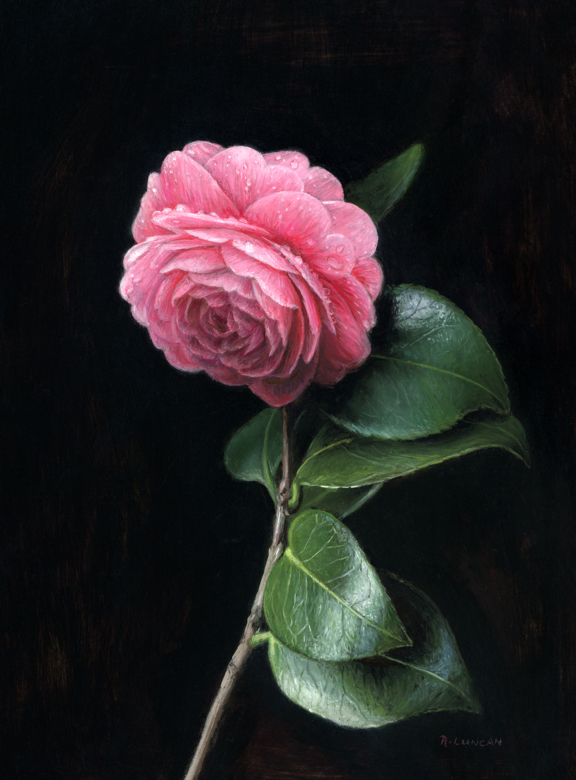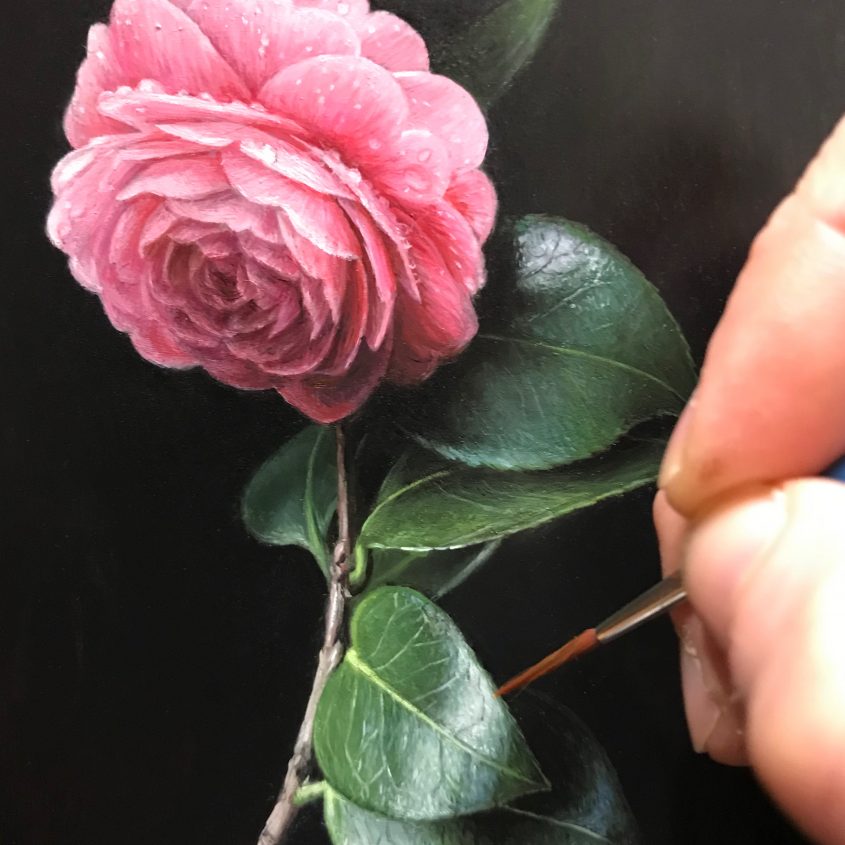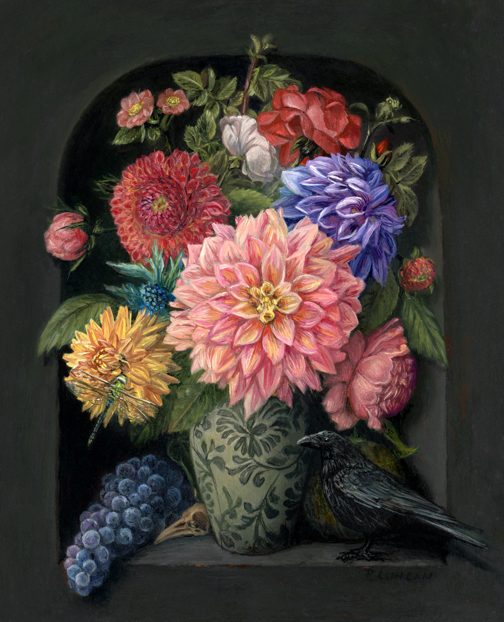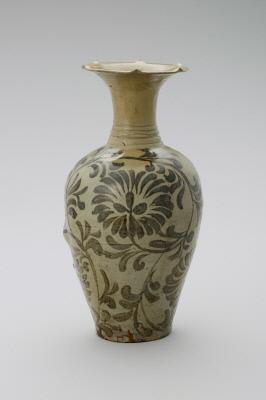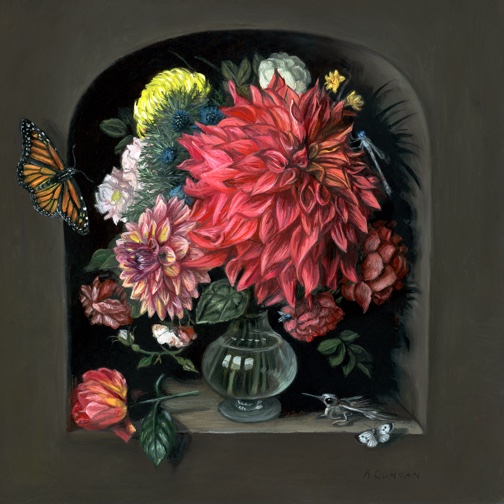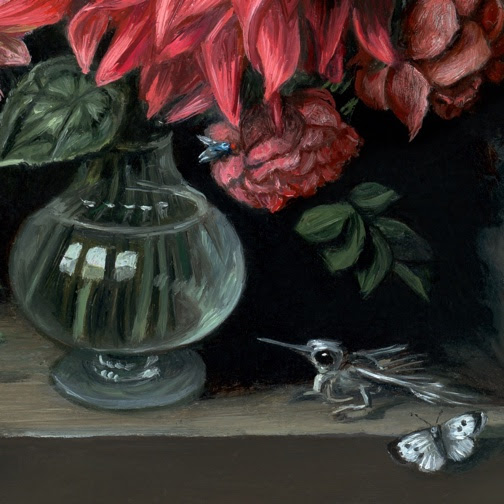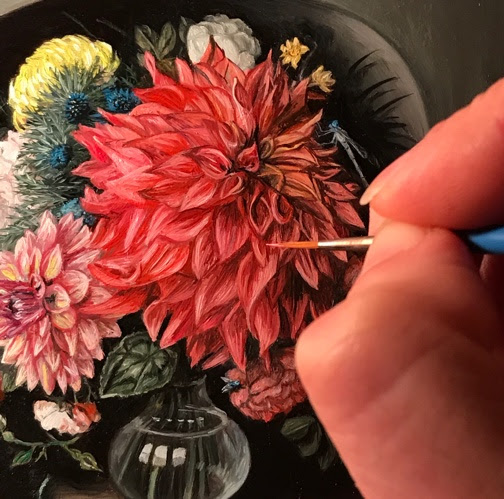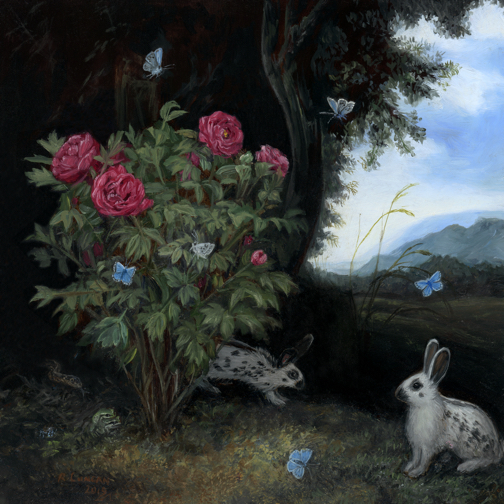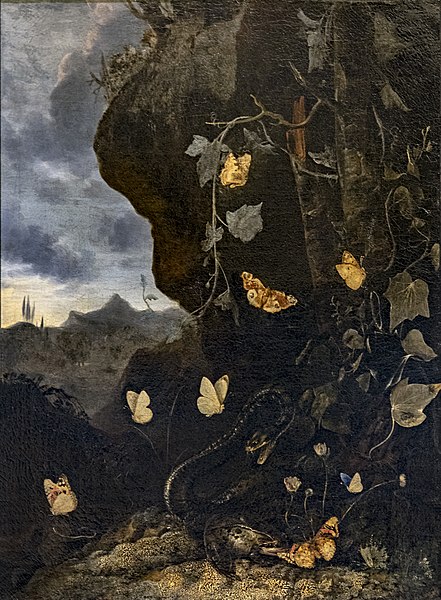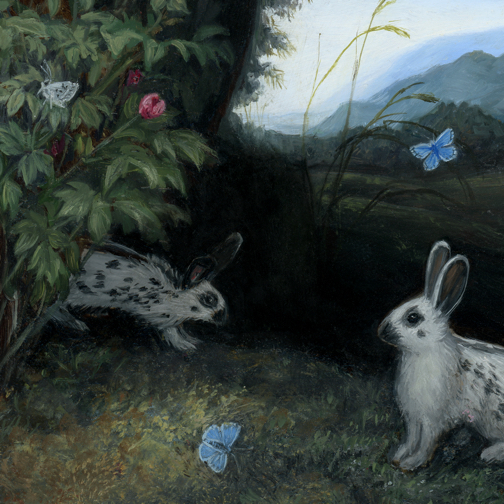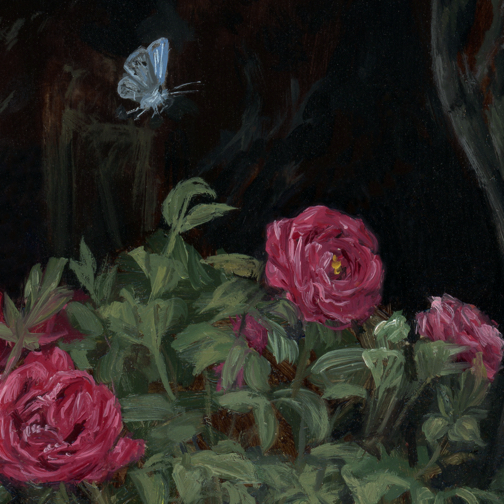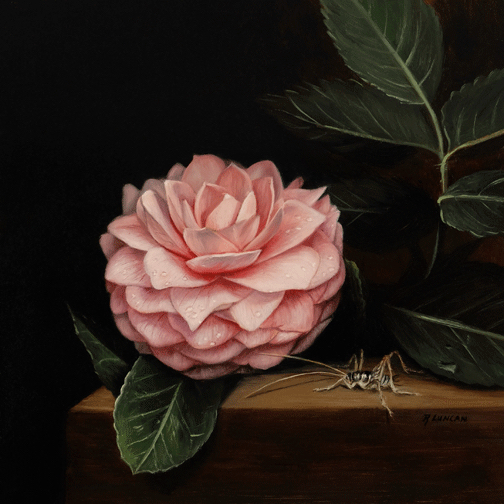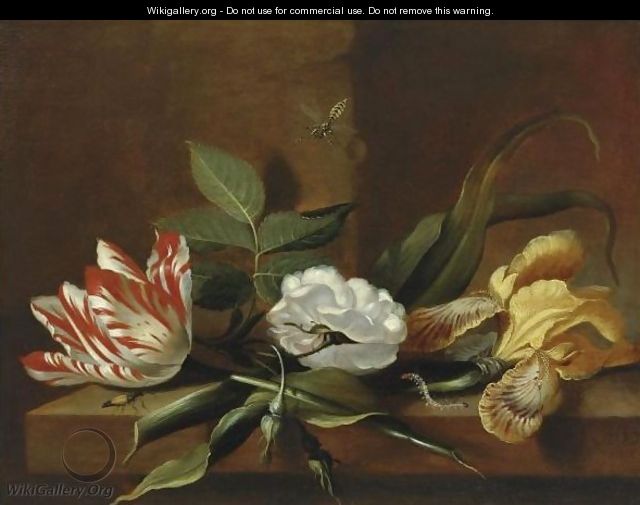Daffodil and the Bee
My newest miniature is a botanical daffocil painting. Daffodils are my favorite herald of the arrival of Spring.
It’s interesting how each painting I make inspires the next work. This miniature originally had five companions to acknowledge my March baby’s sixth birthday. I was so sure that this would work! But much like my six year old, it was wild and chaotic, and it didn’t say “simplify” like I’m going for with this series. Instead of rejecting the idea completely, I ran with the wildness in an even more complicated composition. But that is a work for another day, and it will be a far cry from “miniature” or “simplified”.
With that mockup resolved, I took my favorite bloom from the bunch back to the drawing board. I embraced the spirit of springtime and growing days of sunshine. The bee heads toward the glowing flower like we are headed into a beautiful and glorious summer! I can vividly picture him landing and wiggling into the warm and welcoming bloom.
This painting is for me a lesson that constantly needs to be relearned. Things don’t always work out how you think they will, but by staying flexible and letting some ideas go, things can turn out even better than expected. It’s almost the end of daffodil season, but I hope you are able to take some time to enjoy the world in bloom around you.
